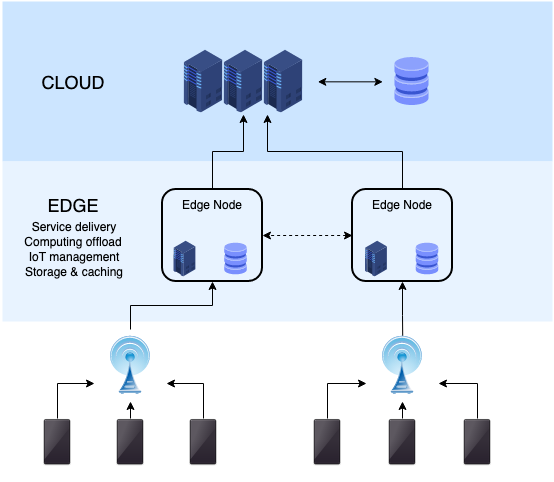Edge computing is a distributed computing paradigm that brings computation and data storage closer to the location where it is needed, typically at the "edge" of the network near the devices generating data, rather than relying on a centralized cloud or data center. This approach reduces latency, improves response times, and allows for real-time processing of data.
Edge computing is particularly useful in applications like the Internet of Things (IoT), autonomous vehicles, industrial automation, and healthcare systems, where real-time data processing is crucial. By processing data locally, it also helps reduce bandwidth and network congestion.

"Love this breakdown of edge computing! 😊 It's fascinating to see how it can reduce latency and improve response times in applications like IoT and autonomous vehicles. I'm curious, have you had any experience implementing edge computing solutions? 🤔 What do you think is the biggest advantage of this approach? 💡 Let's discuss!"
I also gave you a 0.48% upvote for the delegations you have made to us. Increase your delegations to get more valuable upvotes. Cheers! 🎉
Help Us Secure the Blockchain for You
Your vote matters! Support strong governance and secure operations by voting for our witnesses:
Get Involved
Downvoting a post can decrease pending rewards and make it less visible. Common reasons:
Submit